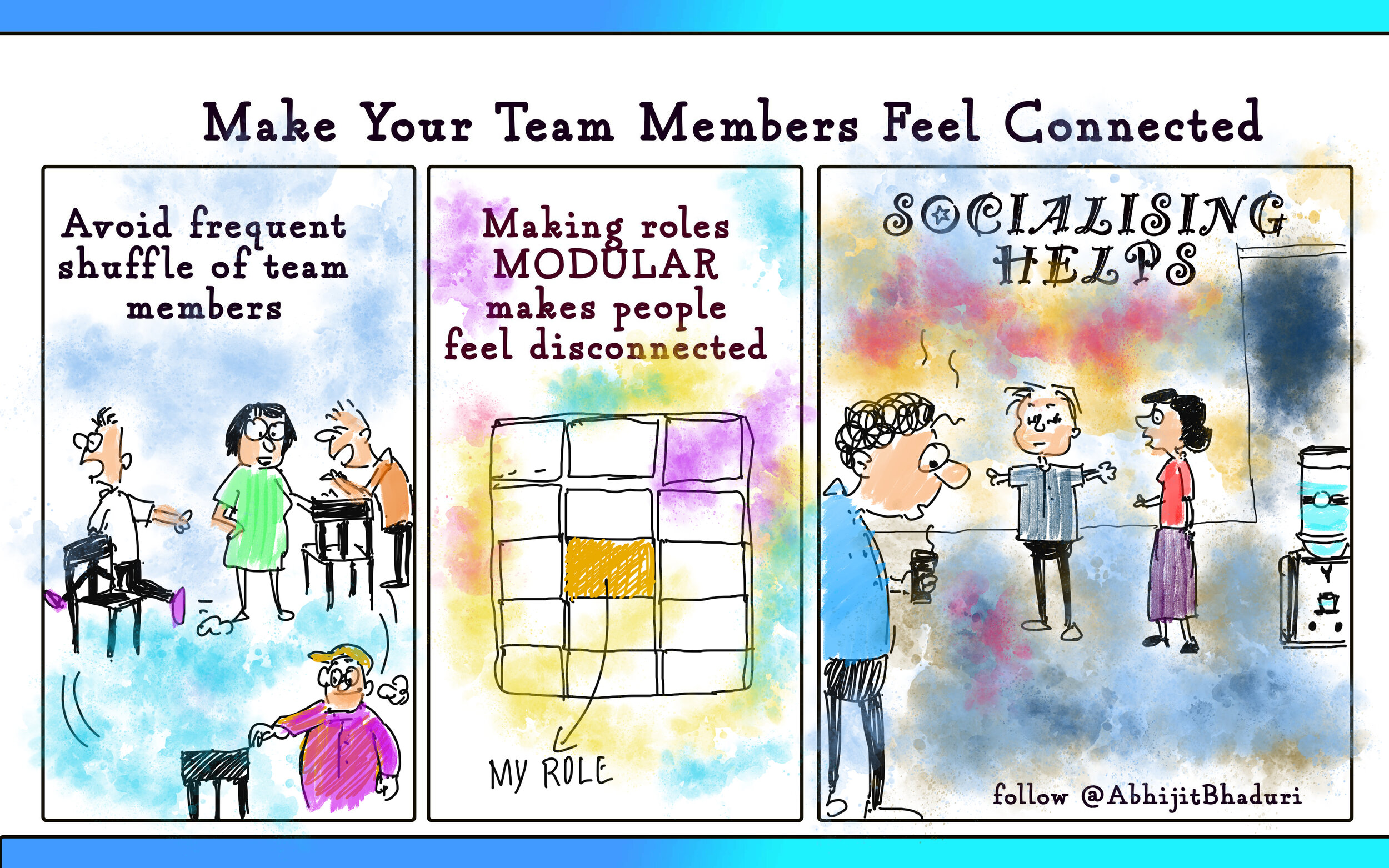Can you be in a team and still feel alone
You could be spending the entire day on Zoom with lots of people’s faces stuck in neat squares or rectangles. When you finish the day, you feel alone and lonely. When the Graduate School of Education of Harvard made its report public, the findings were alarming. The pandemic has made loneliness a battle that many of us are grappling with.
Cost of loneliness
Loneliness is linked to early mortality and a wide array of serious physical and emotional problems, including depression, anxiety, heart disease, substance abuse, and domestic abuse.
Why do so many people feel lonely? Most people say that poor listening and lack of empathy is rampant. About 65% of lonely survey respondents reported that they’re better listeners to other people than other people are to them. Late teens is normally an intensely social time, and connections with peers are often very important. The pandemic has taken that away. Young mothers and those in caregiving roles need emotional support from the ecosystem. That is missing.
The reasons that brought us together - places of worship, festivals and communities have all frayed at the edges with the isolation that the pandemic has forced upon us. Even if people want to socialise, they cannot.
Loneliness among team members
Facebook had a slogan - move fast and break things. When a company is successful, we tend to celebrate the financial metrics and growth across the world, but turn a blind eye to the cost of achievement.
Our obsession with productivity means that every minute not pecking away at work is seen as a waste. Headcount reductions have pared the organisations down to the bare bones. There is no time for catching a cup of coffee with a colleague. Wanting to connect with a colleague who is grappling with personal challenges is “a waste of time” and frowned upon. Tracking software will tattle to the boss if you are taking a break that is longer by a few seconds.
The result is loneliness.
What can you do to lower loneliness in your teams
Avoid frequent shuffle of team members: It makes the team members look at colleagues the same way that people view a co-passenger on an airplane. We really don’t want to build deep connections (usually), because we realise it is futile. We don’t want to make the emotional investment needed to forge bonds.
To build employee engagement, try job sculpting: In industries like call centres etc, the rate of attrition is very high. To keep business continuity, employers standardise jobs and ensure that employees are interchangeable. The skills needed are the same. The result is an insane level of boredom. The jobs look meaningless and people quit. The more they quit, the more the employers create uniformity. Creating a certain degree of autonomy may be incredibly important.
Build time for people to socialise: Creating slack in the workplace may seem like a productivity killer. Social isolation has been linked to a 50 percent increased risk of dementia, a 29 percent increased risk of heart disease and a 32 percent increased risk of stroke. The impact of social isolation and loneliness on longevity equals that of smoking 15 cigarettes a day and exceeds the risks associated with obesity, excessive alcohol consumption and lack of exercise. Encourage team members to help someone learn a new hobby. The result can be magical.
We may be getting out of one pandemic and on our way to another.


